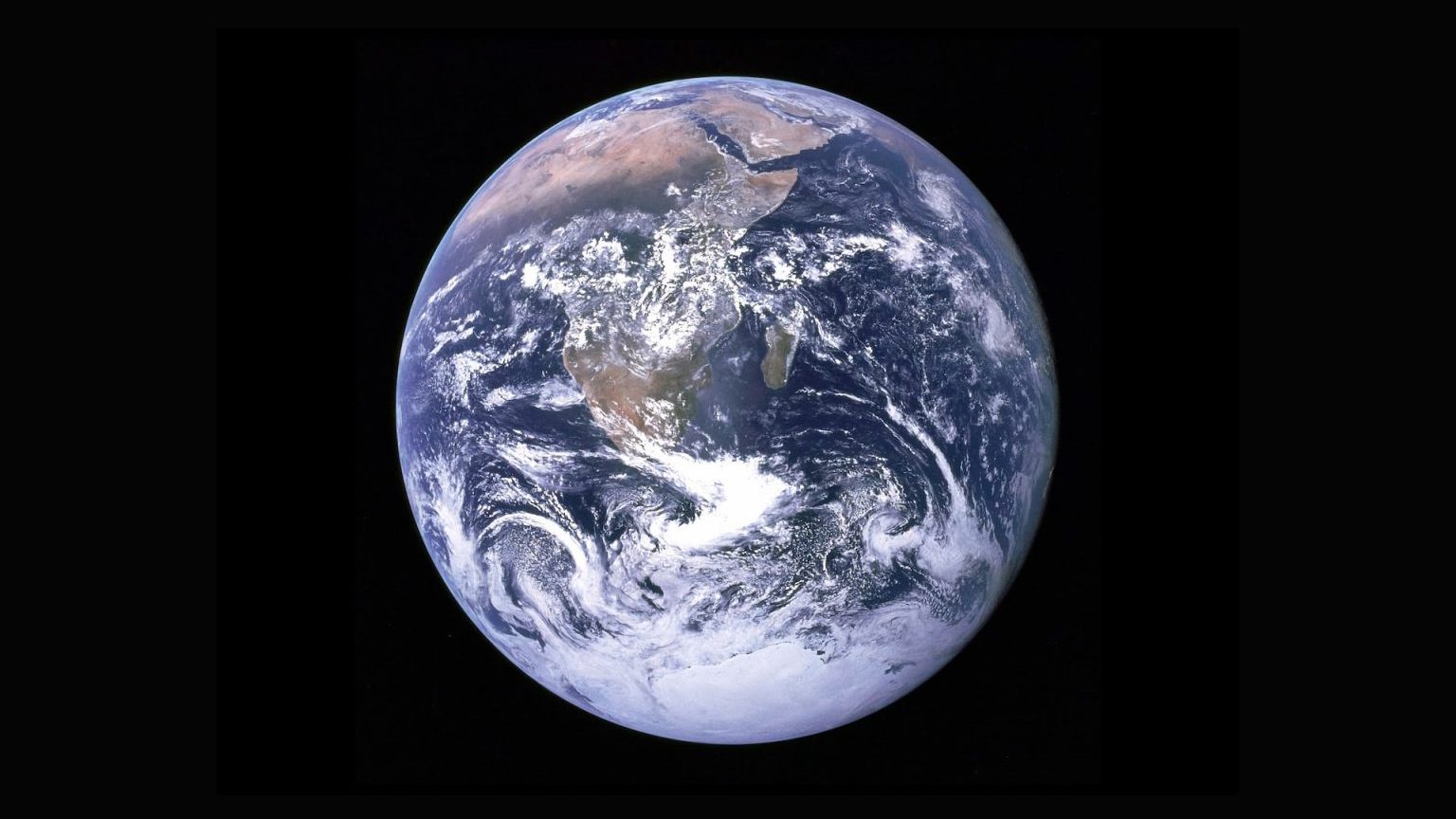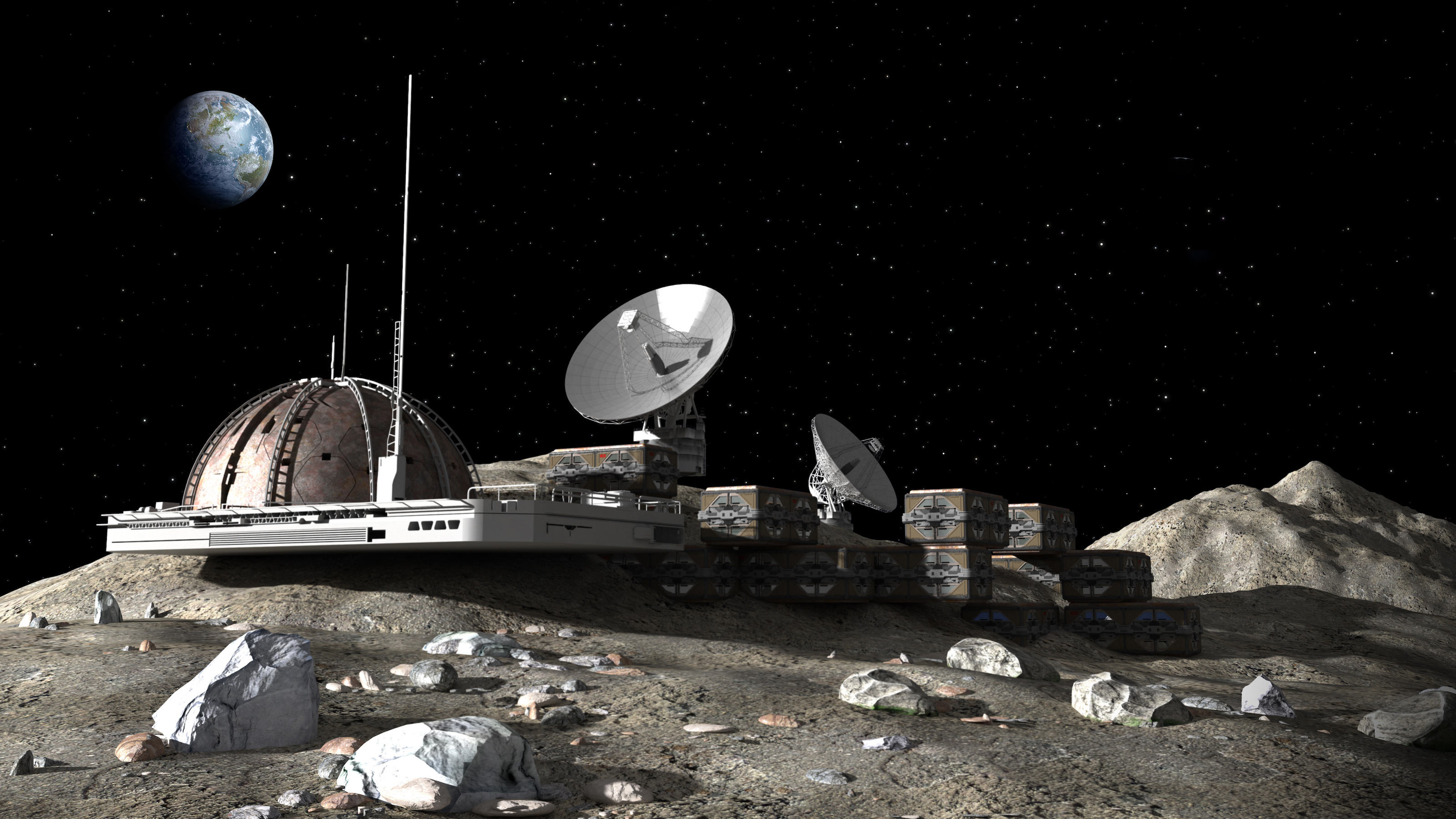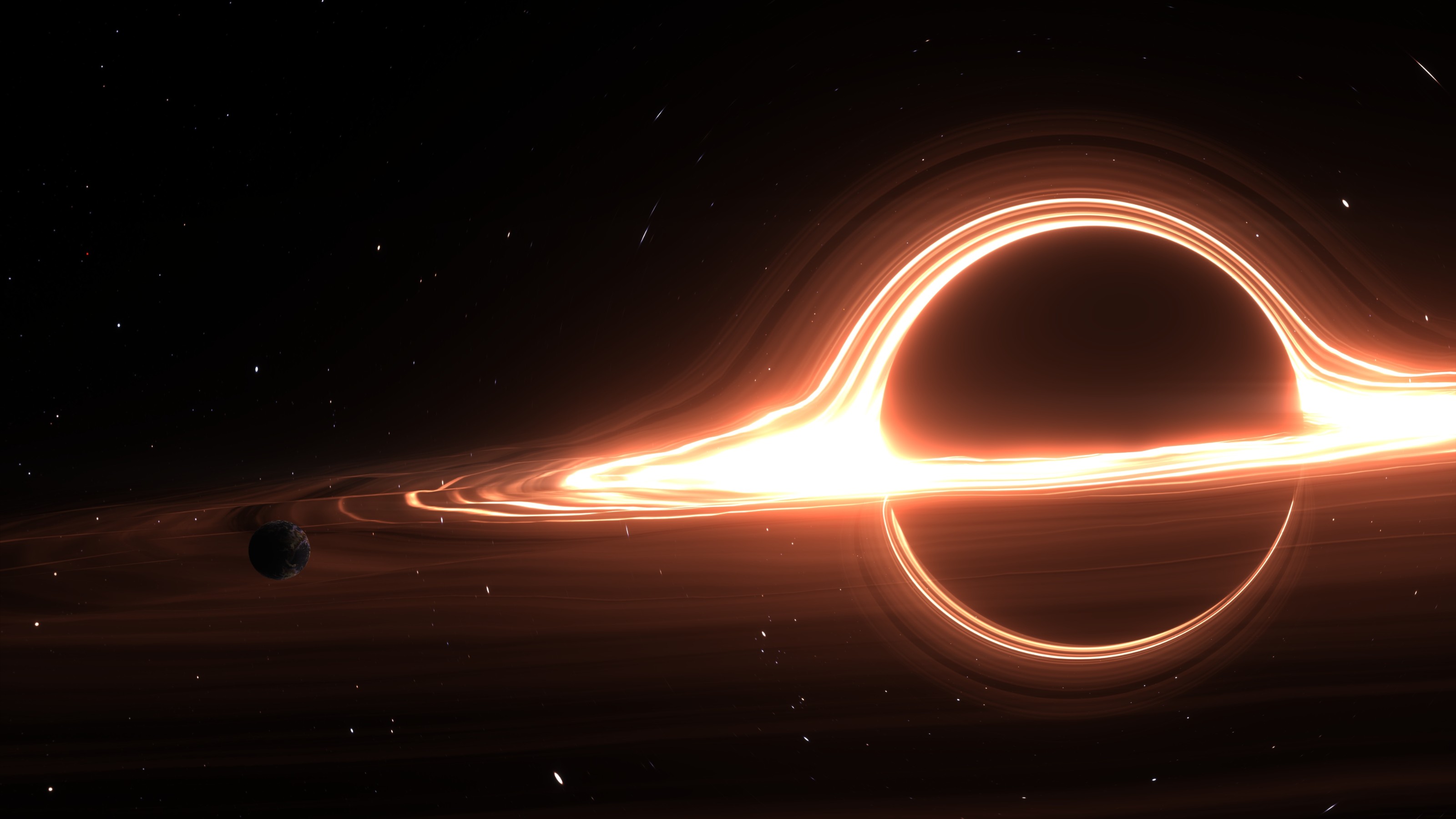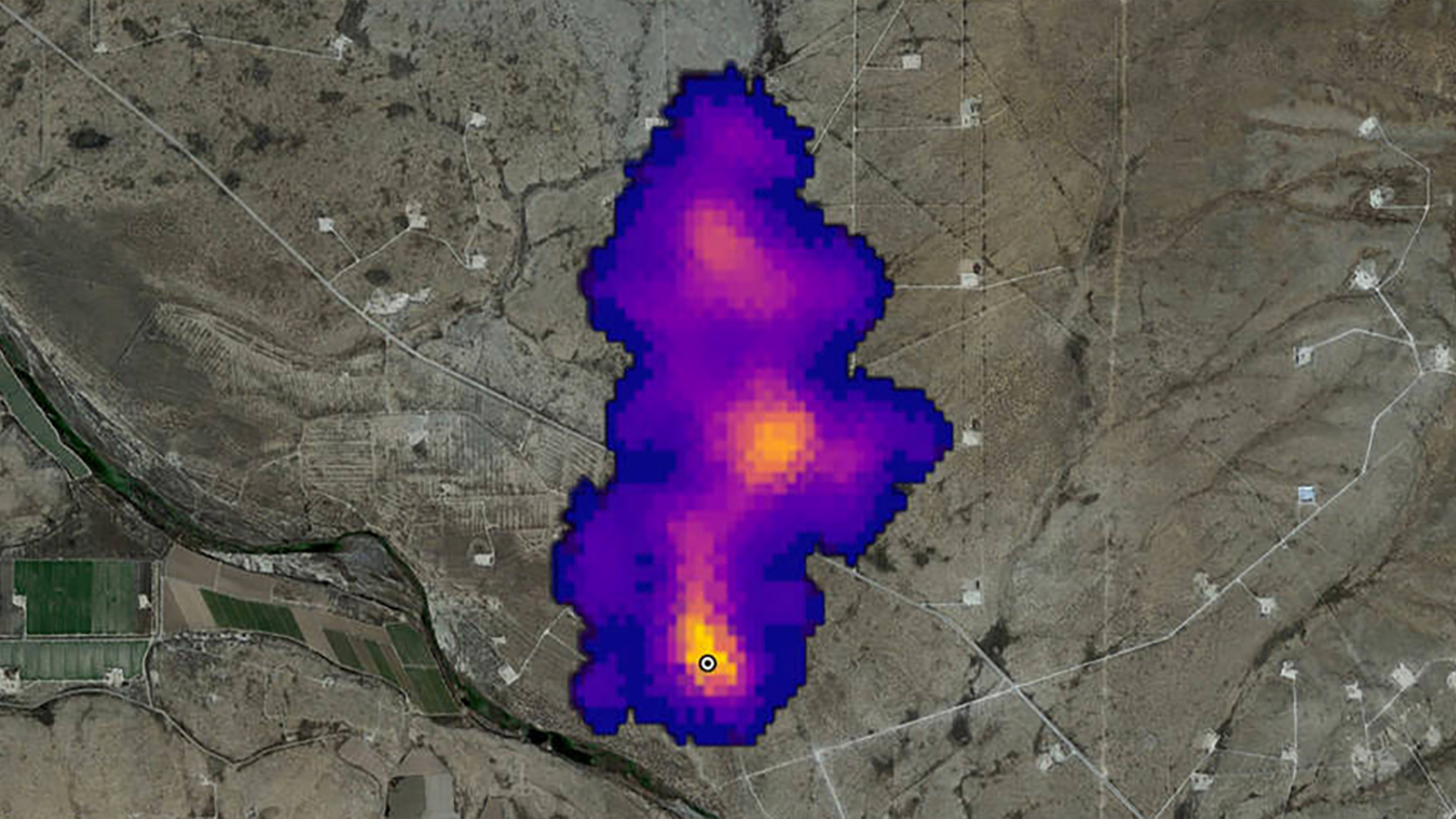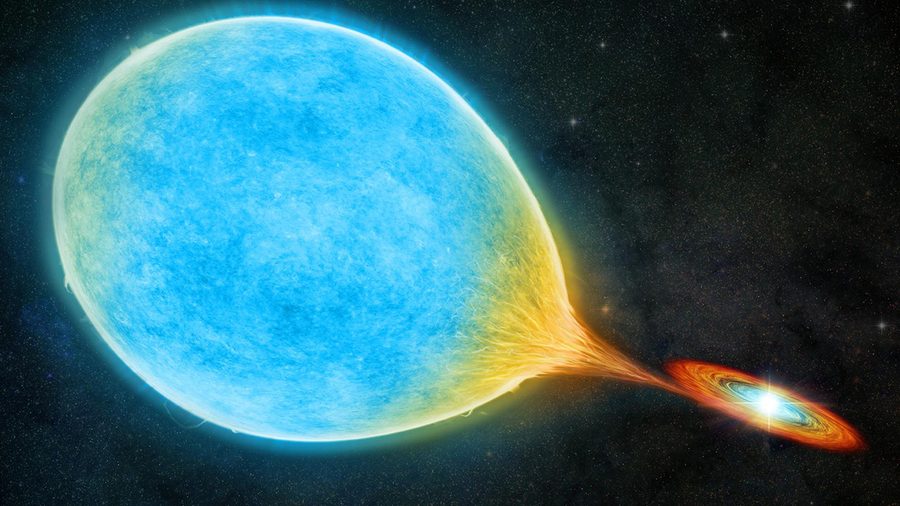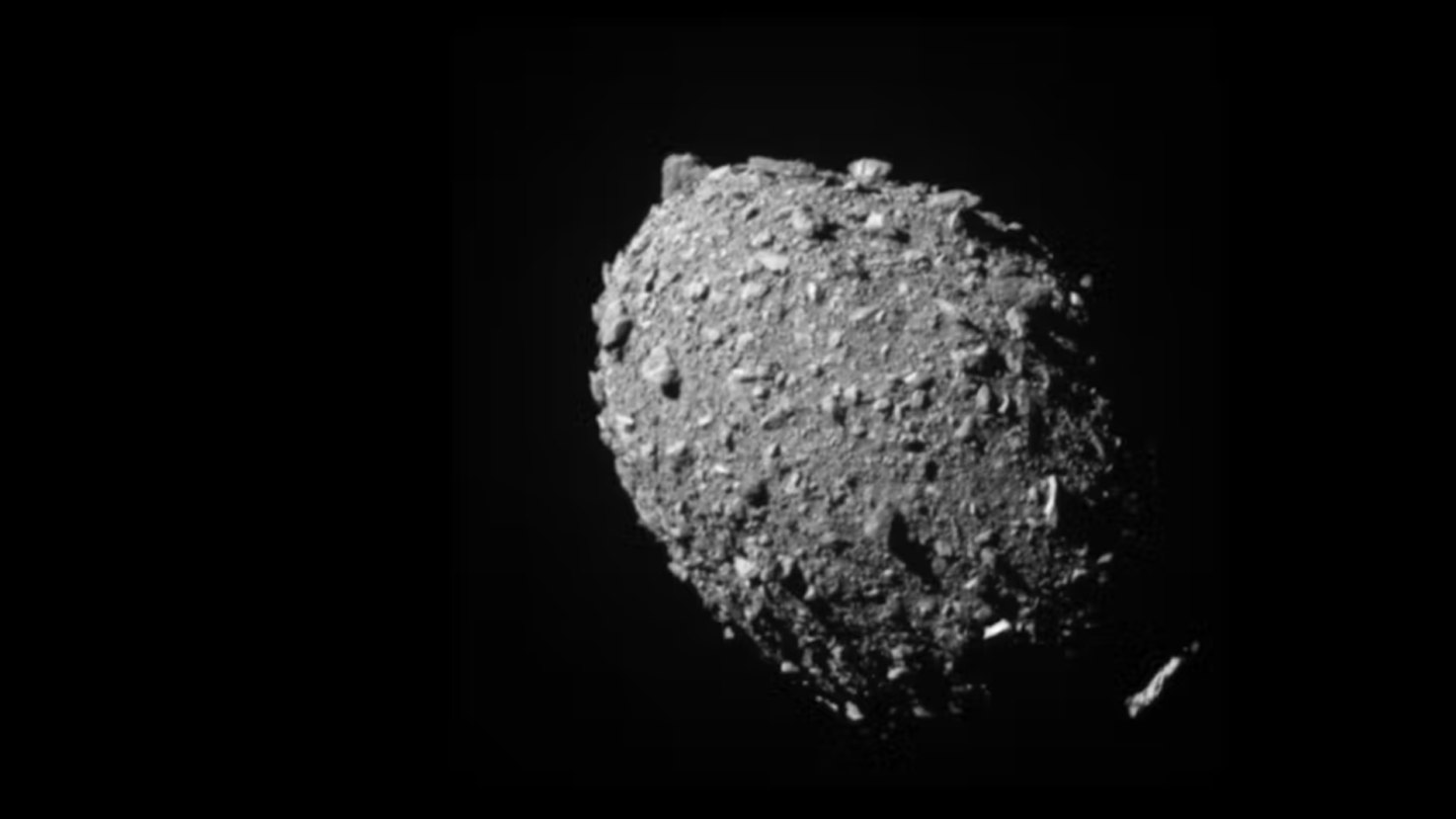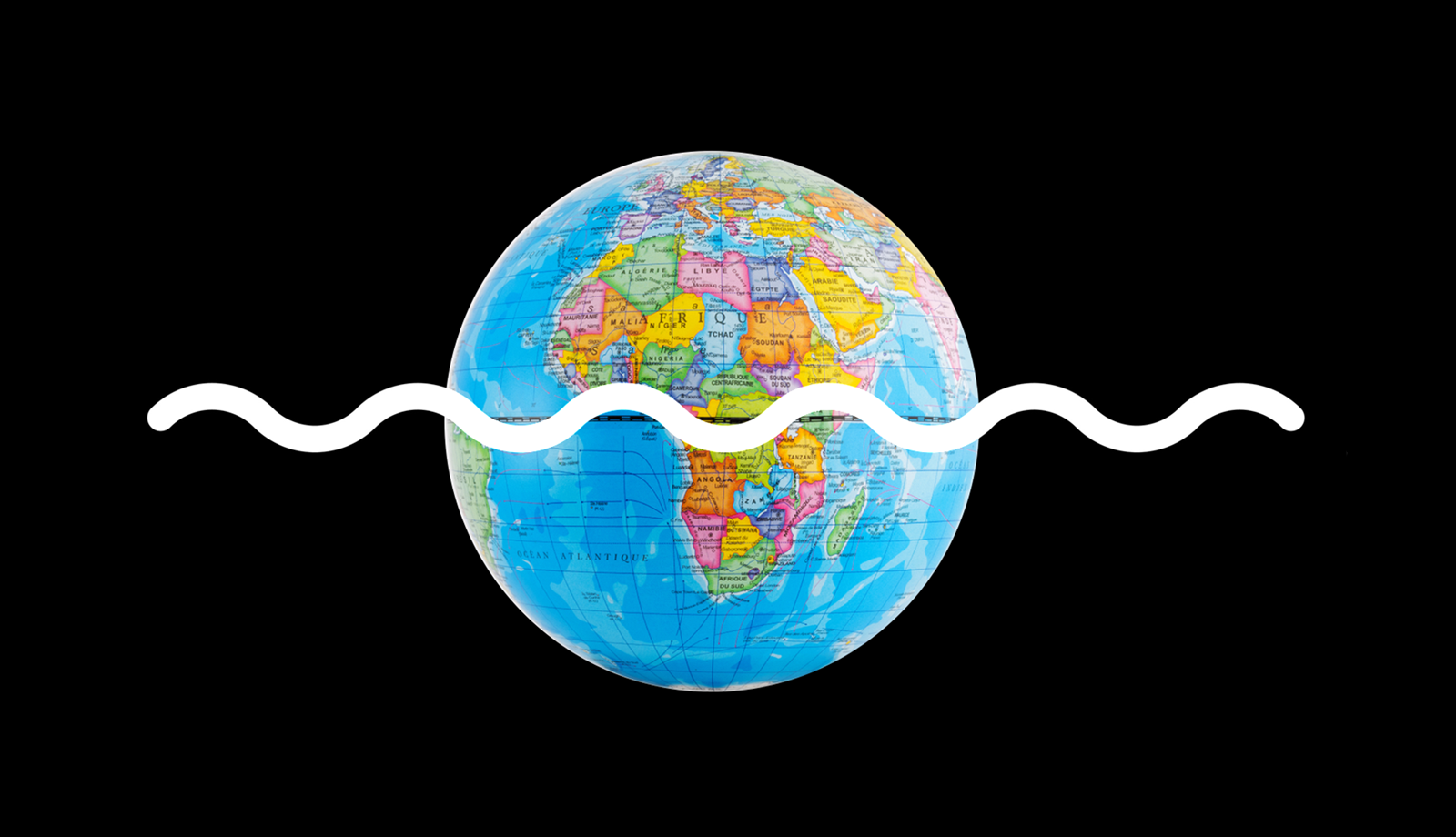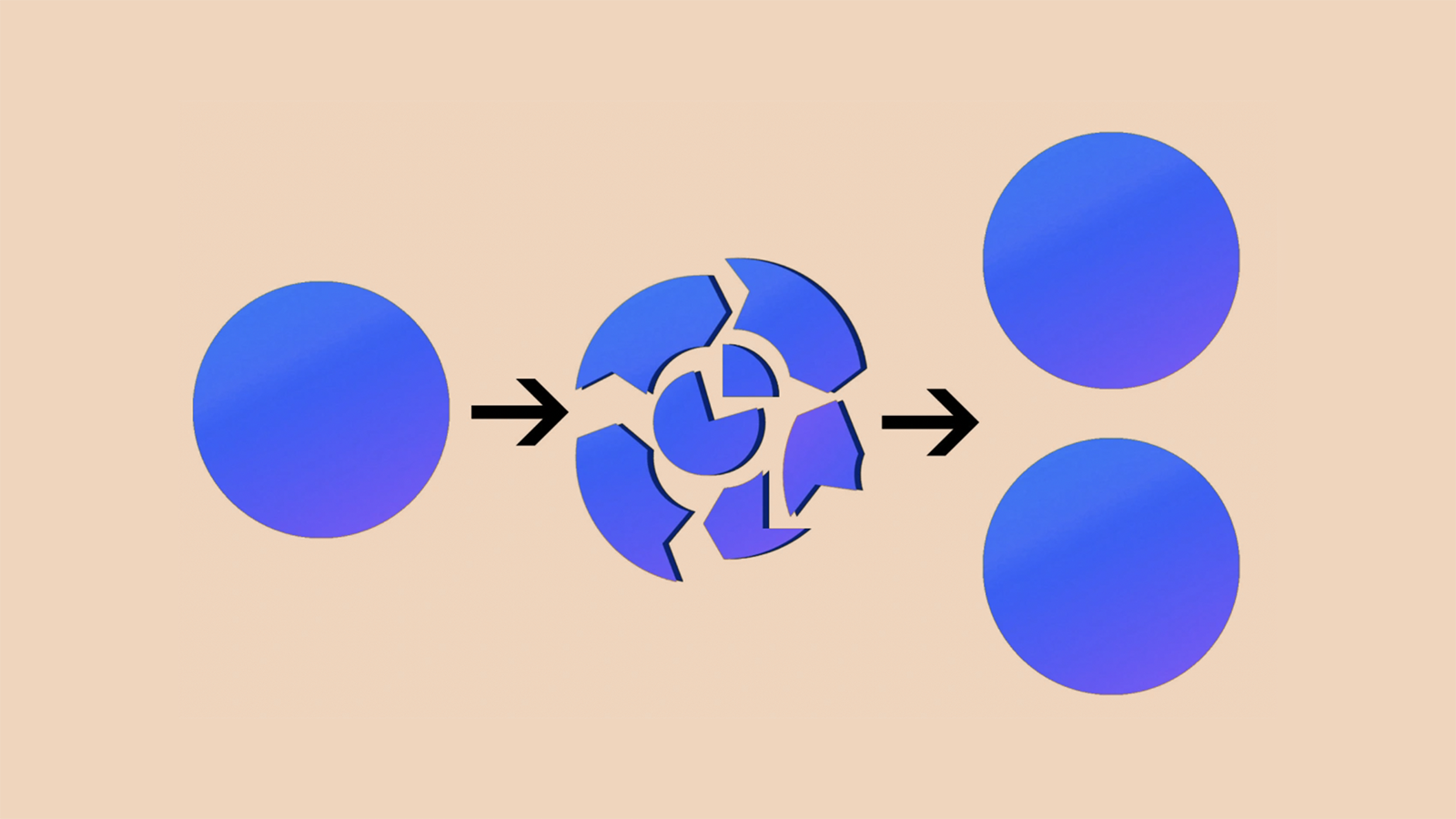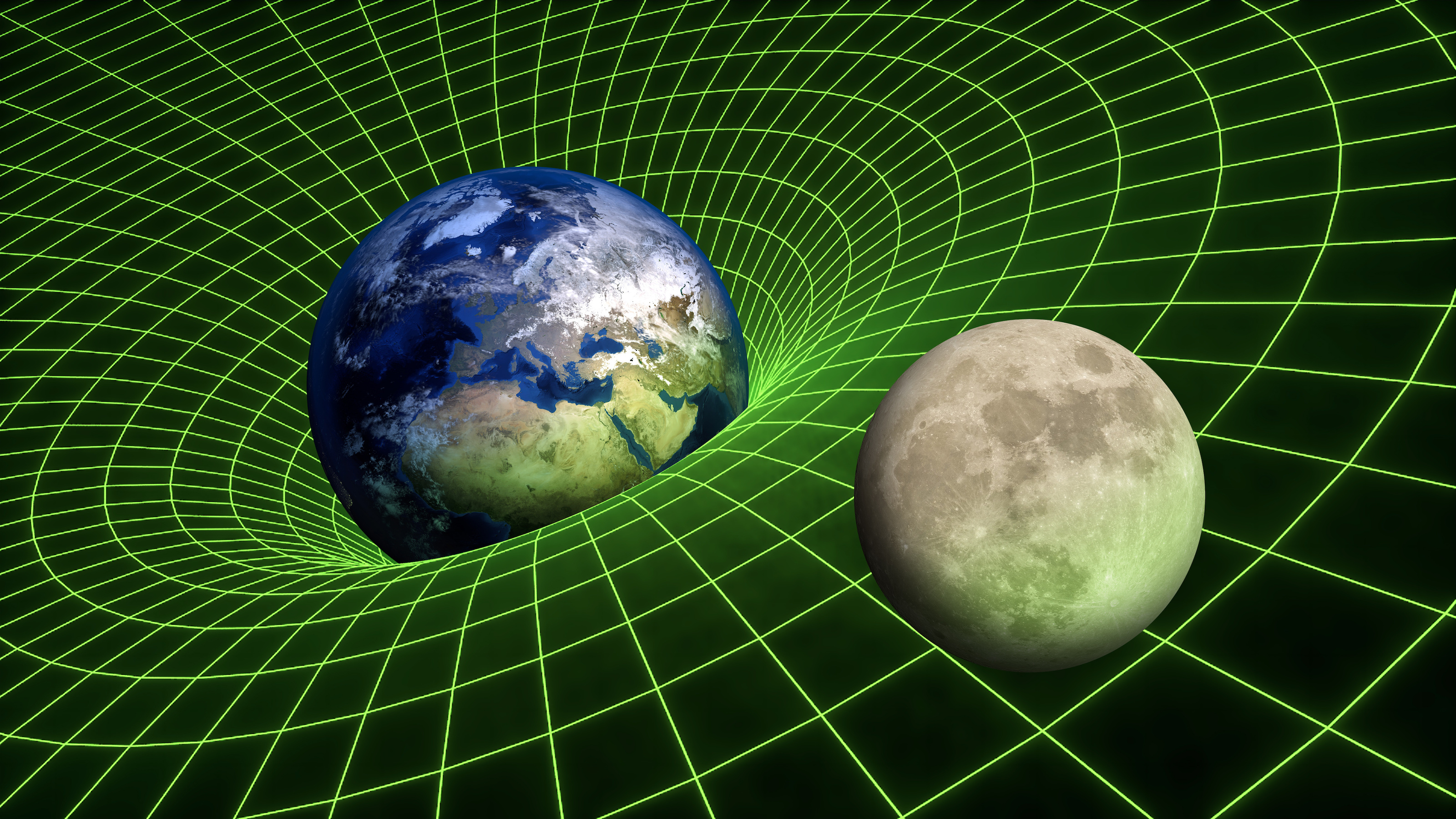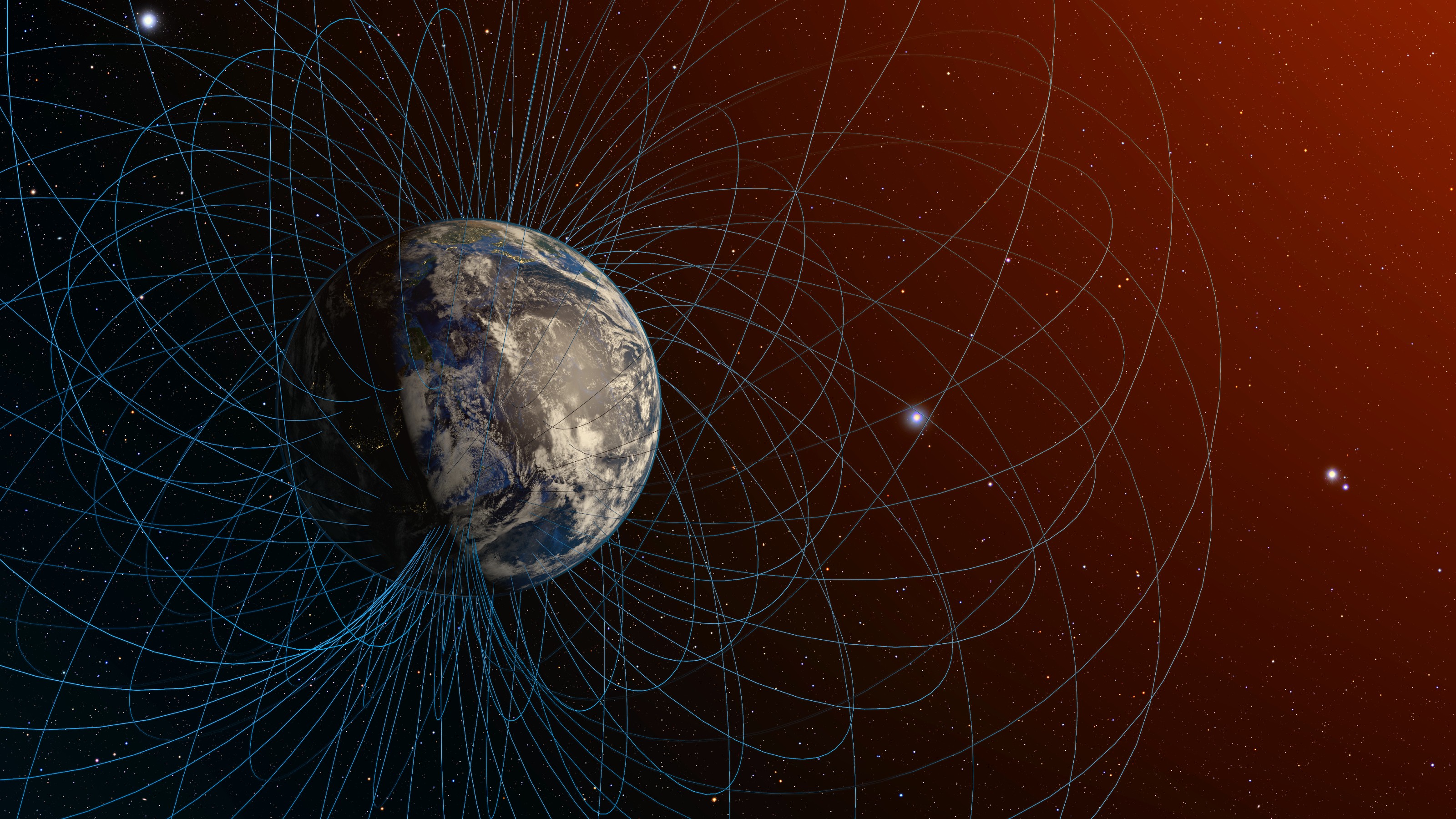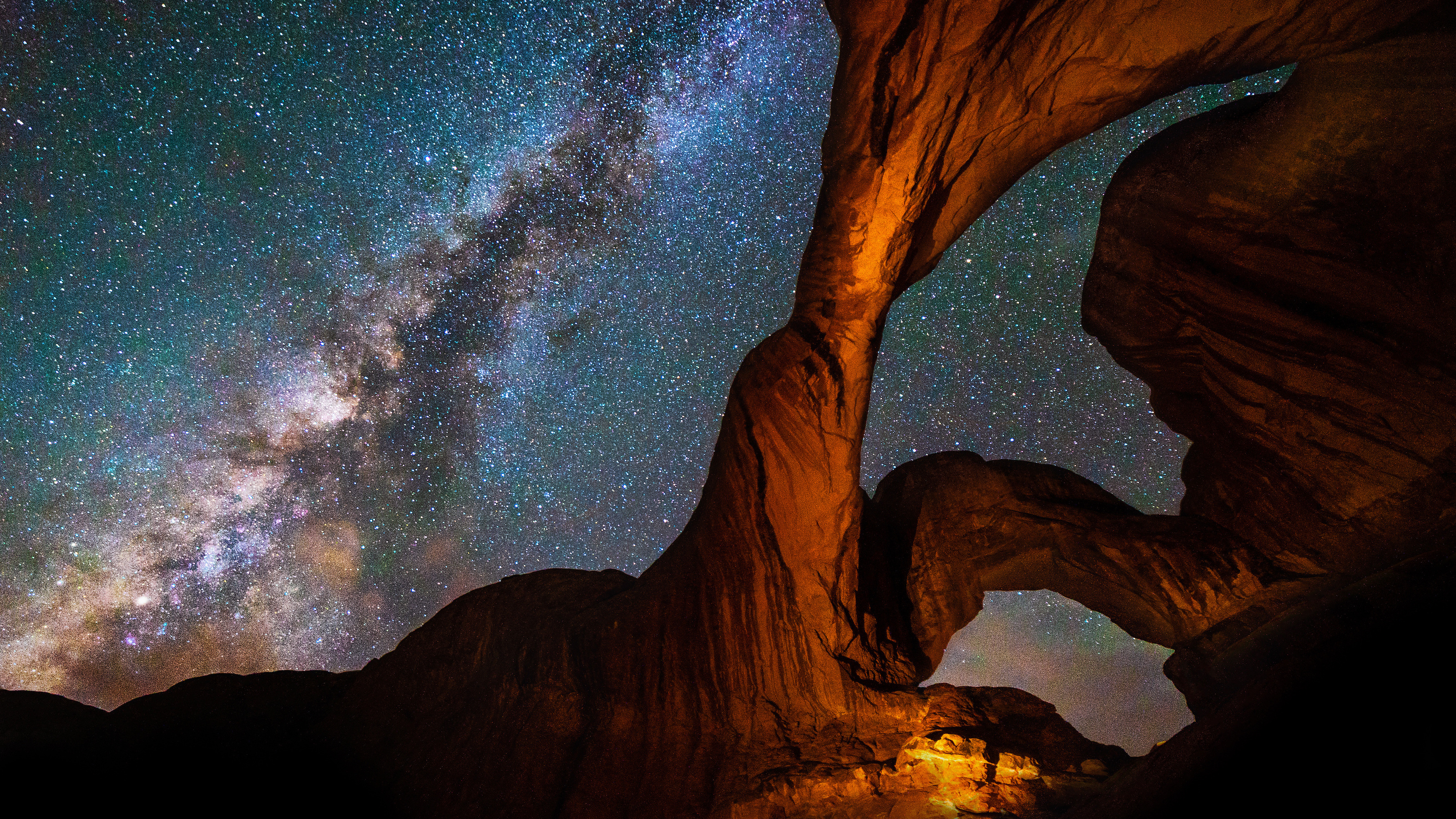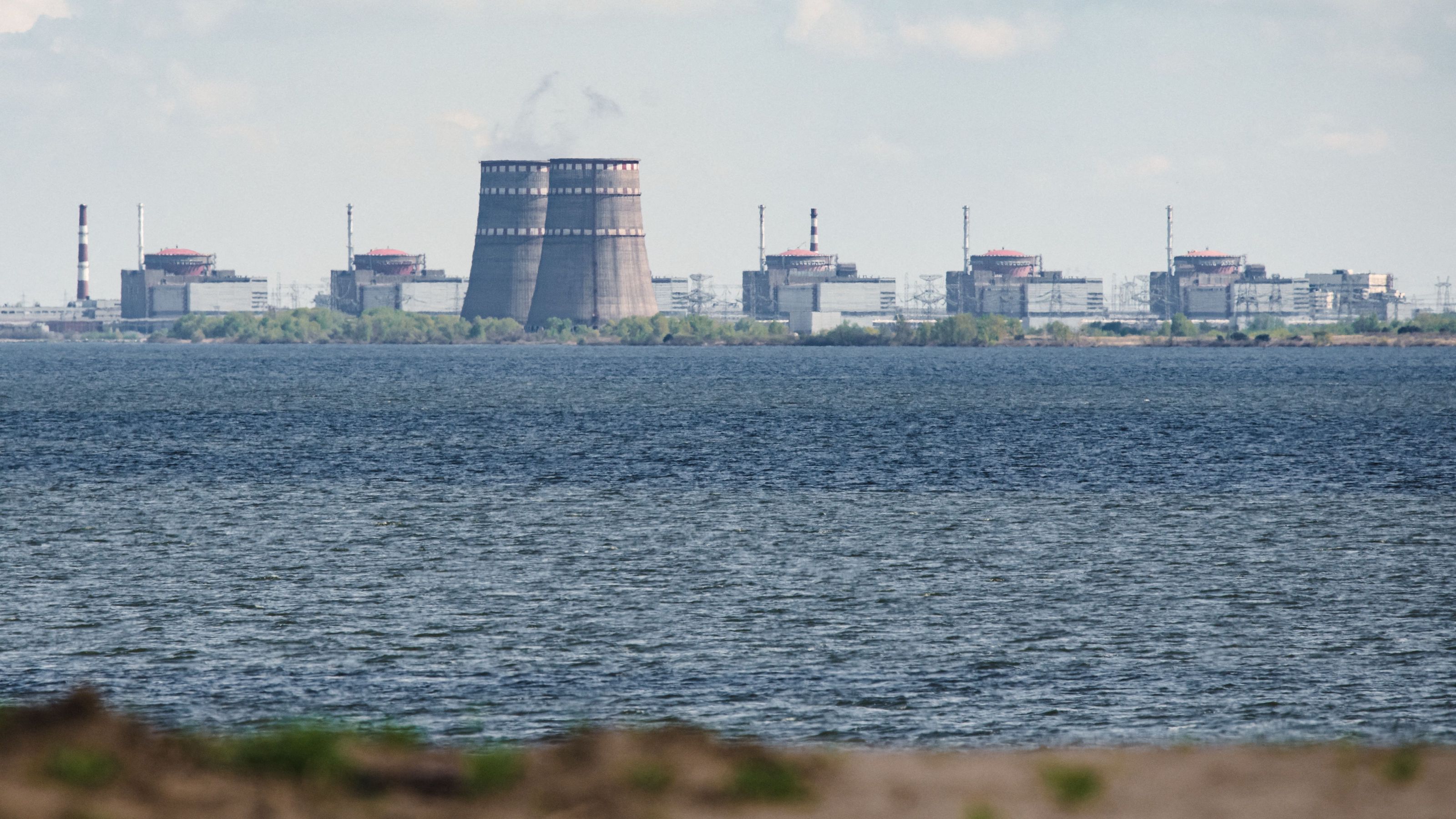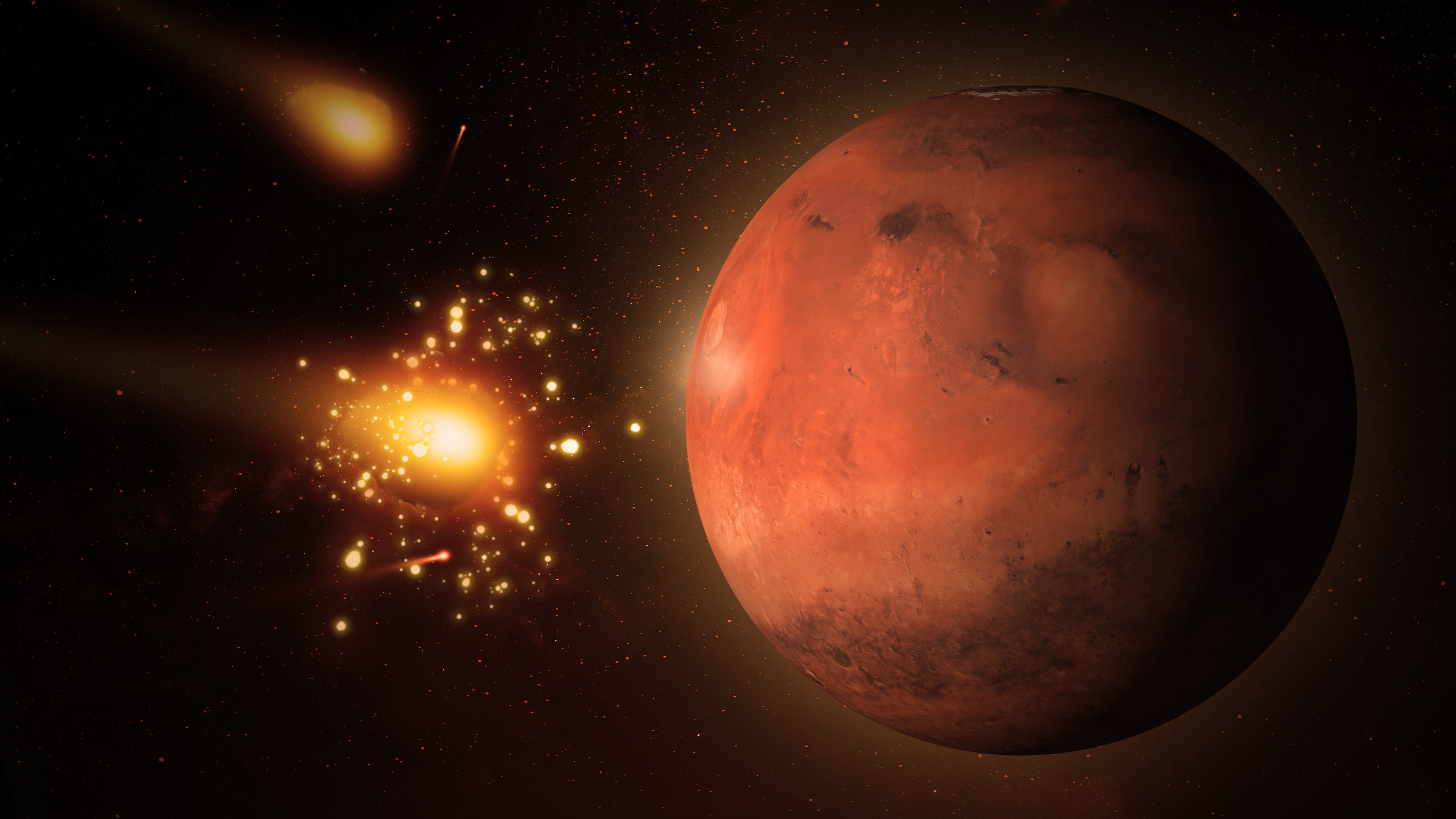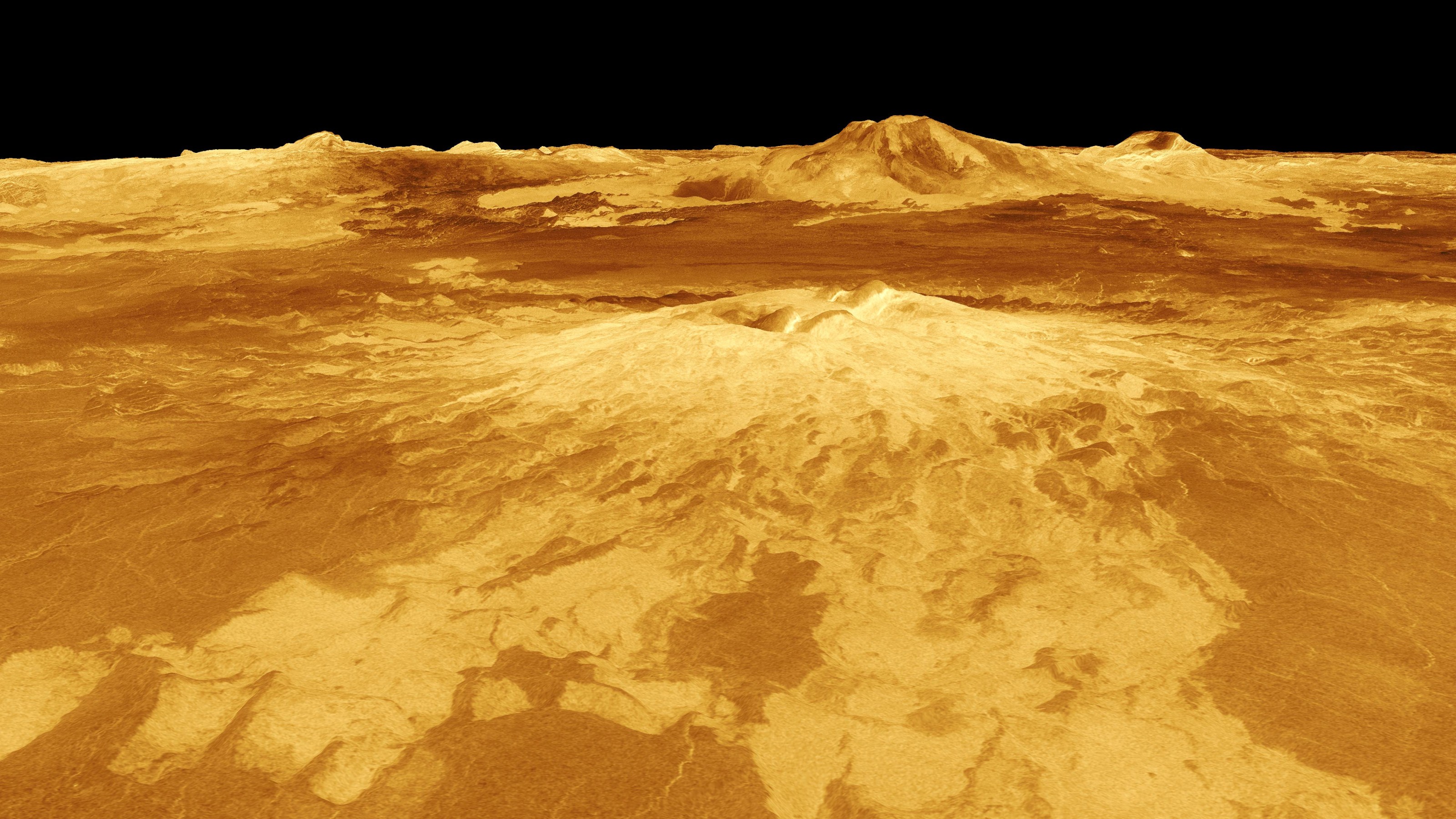Hard Science
All Stories
It’s on a 100,000-year timescale, though, so the next few centuries might not be so comfortable.
There’s the textbook answer, then there’s the real answer.
From astrobiology to geology, a Moon base could serve as a laboratory unlike anything on Earth.
At 1,600 light years away, the black hole is practically in our cosmic backyard.
Methane is a shorter-lived but more potent greenhouse gas than carbon dioxide. Cleaning it up could have a quick impact on global warming.
Astronomers have been looking for radio waves sent by a distant civilization for more than 60 years.
Maybe our understanding of quantum entanglement is incomplete, or maybe there is something fundamentally unique about consciousness.
There are at least 15 different types of solid water (ice). Now, scientists believe that there might be a second type of liquid water.
We know the Universe is expanding, but scientists don’t agree on the rate. This is a legitimate problem.
Does it have a deeper significance — or is it just a number?
The stars circle each other every 51 minutes, confirming a decades-old prediction.
The DART mission tested whether it’s possible to deflect an asteroid by crashing something into it.
Over the past 50 years, 27 leap seconds have been added to our time.
One of the winners. Dr. K. Barry Sharpless, is now the fifth person in history to win two Nobels.
Uncertainty is inherent to our Universe.
From time-traveling billiard balls to information-destroying black holes, the world’s got plenty of puzzles that are hard to wrap your head around.
It could one day fuel nuclear fusion reactors.
The Big Bang is commonly misunderstood, warping our understanding about the Universe’s size and shape.
The theory is accurate within at least one part in a quadrillion.
UAP are no laughing matter anymore.
Recent research suggests that Earth’s magnetic field bounced back just as complex life was starting to emerge on our planet.
An average undergraduate student in physics is better than the AI.
You would think that with all our technology, like the James Webb Space Telescope, we would know how big the Universe is. But we don’t.
The war in Ukraine is unlikely to trigger a catastrophic nuclear meltdown. Physics and smart engineering are the reasons why.
Asteroid collisions aren’t always bad.
Venus Life Finder could launch as early as 2023.
The new material may make marine uranium extraction economically feasible.
If your computer crashes, it might be due to a star that exploded somewhere in the Universe millions of years ago.
